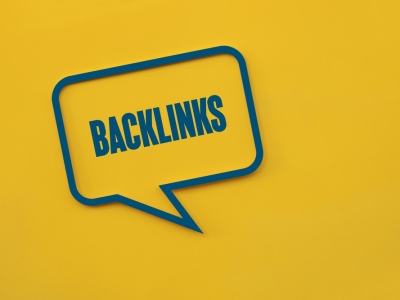 Good SEO practice for Images can result in a source of steady traffic through high ranking on Google Image Search. However, achieving high image rank is different to regular search engine ranking. Google Images is a visual list of results which does make it tricky for Google to classify your images. Although they do categorise images through content (recognising faces in photos for example) at the moment the primary method of ranking is through text attributed to an image. This includes the filename, title, alt title, description and even the text around the image so these must all be considered when posting an image.
Good SEO practice for Images can result in a source of steady traffic through high ranking on Google Image Search. However, achieving high image rank is different to regular search engine ranking. Google Images is a visual list of results which does make it tricky for Google to classify your images. Although they do categorise images through content (recognising faces in photos for example) at the moment the primary method of ranking is through text attributed to an image. This includes the filename, title, alt title, description and even the text around the image so these must all be considered when posting an image.
- Setting Image Filename – Replace the standard camera filename (ie. DSC_001.jpg) with a short, clear description. Match your filename to possible Google Image queries. Use a short filename but make it descriptive.
- Setting Image Title and Alt tag – Your title should be similar to the filename while you can use the Alt tag to expand and add keywords.
- Descriptive Caption – the caption is a great way to expand on what is in the image. Remember that this is aimed at people as well as Google and don’t simply describe the image.
- Anchor text and surrounding text – The surrounding text is crawled by Google for rankings. Make sure your image relates to your text.
Spamming won’t help you
As with all SEO there is always a tendency to just spam tag the image with a lot of unrelated tags just to increase exposure but this has no real effect on Google Image Search.
You could try and tag using trending topics. For example Scarlett Johansson is currently very high in both UK and US searches on Google Images (can’t think why) so you could include ‘Scarlett Johansson’ in all the text attributed to your image; if you use good SEO practice this could get your image high up on Google Image Search where a huge number of people are searching for it. However, if your image is unrelated to Scarlett Johansson then people searching for her will just ignore it. The same goes for the tendency of using photos that people are searching for with unrelated content. You may get a hit on your site but as soon as the user realises you aren’t what they’re looking for they’ll leave.
If all you want is high traffic that’s fine but if you want to convert those clicks into clients then you need images that relate to your content and are labelled accurately.
Getting people to click on your images
Ranking on Google is great but you need to make people click on your images. If people aren’t clicking, there’s no point in ranking.
Here are two ways to ensure your images stand out and get clicked on:
- Image size – thumbnail images will be ignored in favour of large images and people are likely to search for larger images. If you want a smaller image on your website then consider linking to a larger version as nobody wants an image bigger than their browser.
- Image quality – use high quality images, preferably use a decent camera if taking photos (SLR is best!) or good quality graphics. Nobody is interested in pixelated images.
If you follow these rules you should find your images rising up the Image rankings, therefore providing a great source of traffic to your website. You should also see an increased bounce rate if you make sure your images are relative to your content.
For more free SEO Training Resources check out Silicon Beach Training’s SEO Training Resources blog. If you really want to hone your SEO skills then come on our SEO Training Course.










Comments